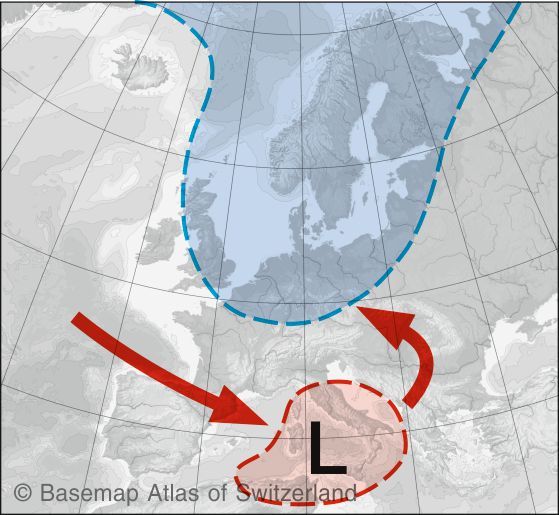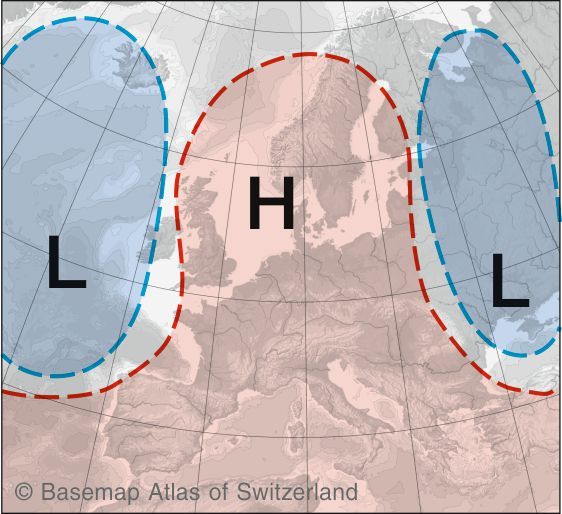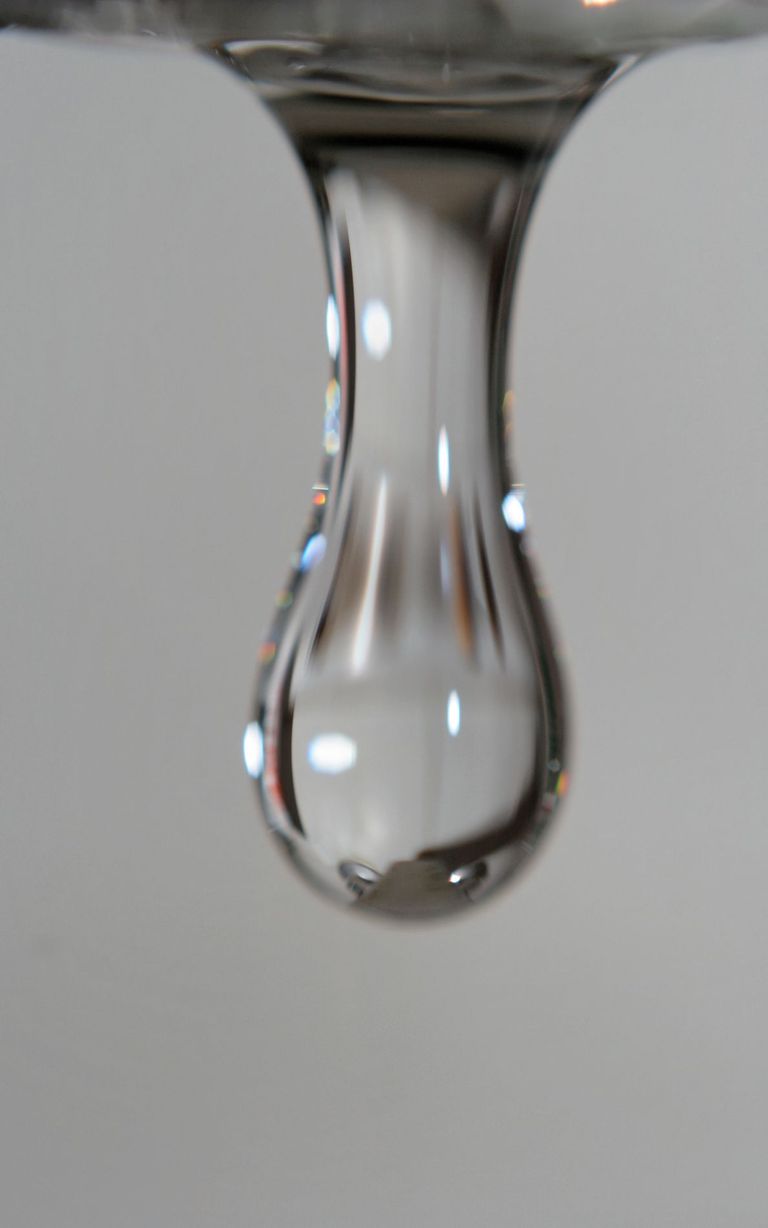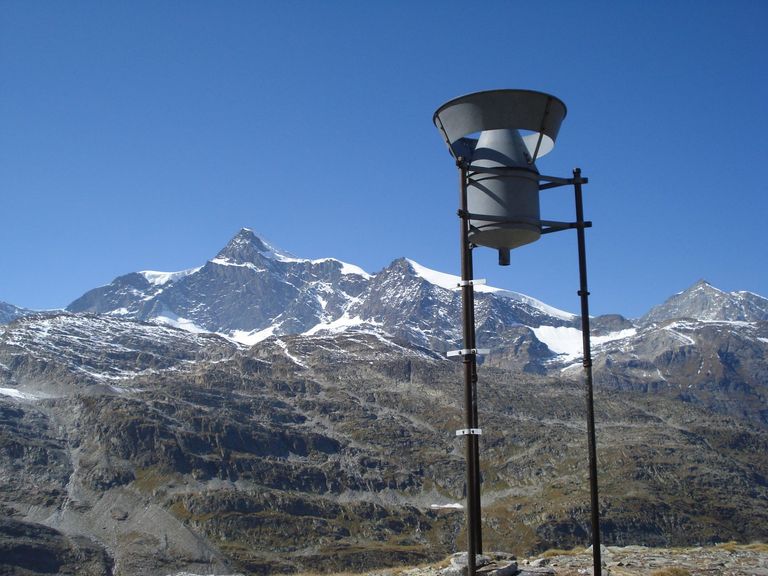Events, News, Publications
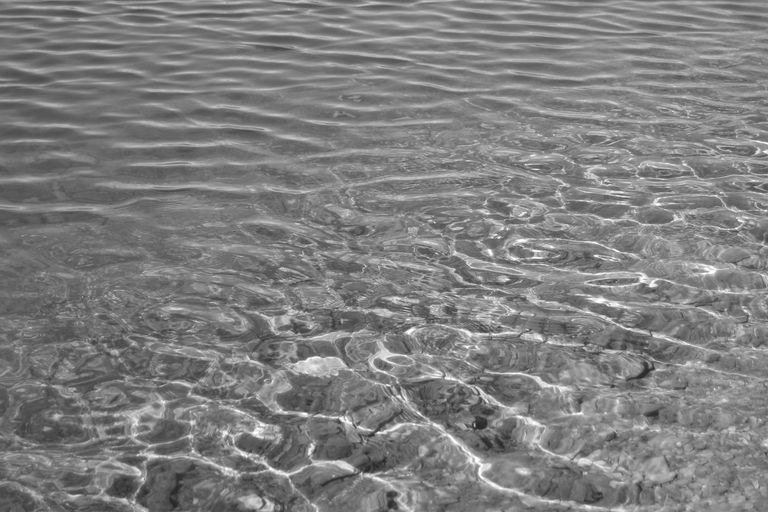
Aqua Urbanica 2024
Für die Niederschlagswasserbewirtschaftung kommen zunehmend naturnahe und dezentrale Massnahmen zum Einsatz, welche als Blau-Grüne Infrastrukturen (BGI) auch einen positiven Einfluss auf den lokalen Wasserhaushalt und das Mikroklima in unseren urbanen Lebensräumen haben. Daneben gilt es im Regenwetterfall aber auch die Oberflächengewässer und den Grundwasserkörper vor Schmutzstoffeinträgen zu schützen und nach Möglichkeit nur noch nicht behandlungsbedürftiges oder entsprechend vorgereinigtes Wasser einzuleiten bzw. zur Versickerung zu bringen. Die sich daraus ergebenden Herausforderungen, Möglichkeiten aber auch Grenzen werden im Rahmen der Aqua Urbanica 2024 möglichst breit betrachtet und diskutiert.
Image: Edith Oosenbrug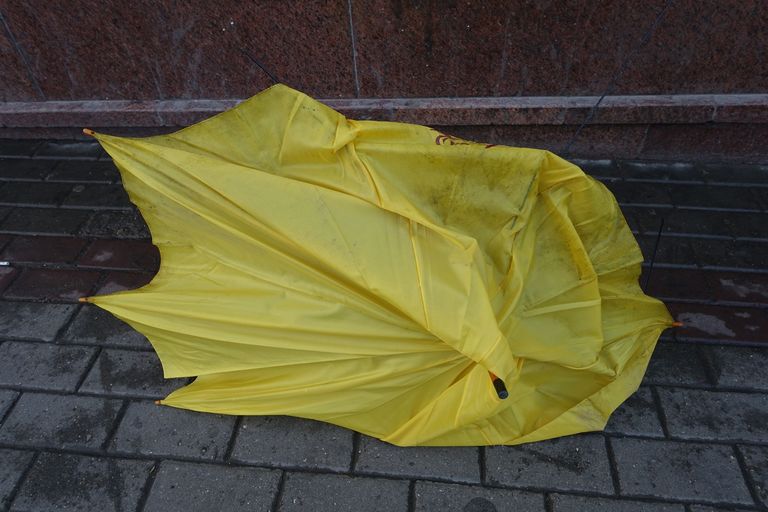
Neue Infoplattform zum «Schwammstadtprinzip»
Schwammstadt betrachtet Regenwasser als wertvolle Ressource und Gestaltungselement: Zuerst verdunsten, versickern und verwenden und nur im Starkregenfall kontrolliert ableiten. Das «Schwammstadtprinzip» soll zu lebenswerten und klimaangepassten Siedlungen führen. Eine neue Infoplattform des VSA präsentiert Praxisbeispiele, bewährte Werkzeuge und Veranstaltungen zum Thema.
Image: Public Domain, flickr.com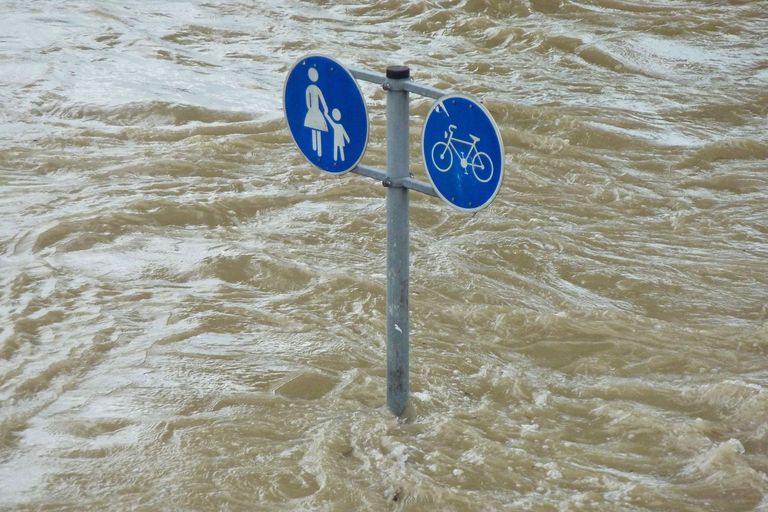
Aussergewöhnliche Hochwasser im November und Dezember 2023
Gleich zweimal innerhalb weniger Wochen waren die West- und Nordschweiz im November und Dezember 2023 von Hochwasser betroffen. Schneefälle, gefolgt von intensivem Regen und Schneeschmelze führten vielerorts zu starken Anstiegen der Abflüsse und Wasserstände. Dies in einem Ausmass, wie es in den Wintermonaten bisher selten oder noch nie beobachtet wurde. Ein Rückblick auf diese beiden Ereignisse und was sie besonders macht.
Image: Pxhere, CC0
Vorausschauende Planung und Wasserbaumassnahmen verhinderten bei den jüngsten Unwettern in der Westschweiz das Schlimmste
Viele Flüsse in der Westschweiz erreichten am Mittwoch nach starken Regenfällen kritische Schwellenwerte. Einige Rekorde wurden gebrochen, wie in Genf bei der Arve. Für Bettina Schaefli, Präsidentin der Schweizerischen Hydrologischen Kommission und Professorin für Hydrologie an der Universität Bern, hätte ein viel schlimmeres Szenario eintreten können, wenn die Regenfälle angehalten hätten.
Image: RTS
Juli mit Hitze, Sturm und Waldbrand
Der Juli 2023 brachte in der Schweiz mehrere markante Wetterereignisse: Gegen Monatsmitte stellte sich eine mehrtägige Hitzeperiode ein. Zur selben Zeit fegte ein Gewittersturm über die Alpennordseite. Mehrere Messstandorte meldeten neue Windrekorde für die Sommermonate. Auf der Alpensüdseite folgte eine zweite Hitzeperiode ab der Monatsmitte. In diese Periode fällt ein Waldbrand im Oberwallis, der sich schnell auf eine grosse Fläche ausdehnte. Im letzten Monatsdrittel verursachte ein extremer Gewittersturm massive Schäden in der Jurastadt La Chaux-de-Fonds.
Image: M. Bolliger

